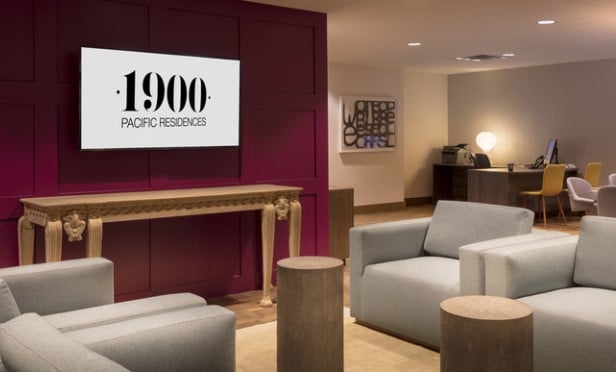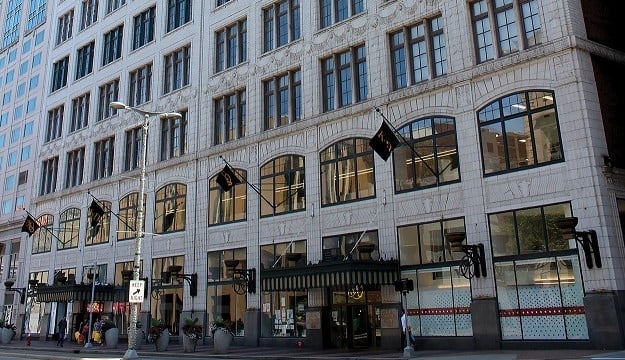WASHINGTON, DC—There is a growing cadre of tenants in the DC market that are gravitating to non-core Class A and Class B buildings as rents in trophy properties increase, according to JLL's 2015 Skyline Review for the DC market, which will be released shortly.
JLL reports that the average rent in a trophy building in 2015 Q1 reached $75.37 per square foot compared to $52.61 per square foot in non-trophy buildings. This differential is one reason it sees an increase in tenants gravitating to these properties. But it is only one reason—non-core Class A and Class B are also appealing as the dovetail with the growing trend of creating customized office space. This is particularly appealing to companies in the tech space—start ups that are less interested in having The Right Address.
JLL reports that over the past four quarters, trophy buildings captured just 5.8% of scientific and technical lease transactions larger than 20,000 square feet, while Class A and B buildings caught 46 and 48%, respectively.
Tech users and other creative firms are generally indifferent to building quality as long as the buildings are well located and the companies are able to design attractive, creative environments that provide a sense of community, according to Doug Mueller, managing director with JLL's Agency Leasing. "They have shown a preference in recent years for leasing space in buildings that provide communal amenities as this allows for collaboration with neighbors, not isolation from them," he says in a prepared statement."
Examples of this trend include Urban Compass' 15,000-square-foot lease at the Star Laundry building, 1776's 35,000-square-foot lease at 1133 15th St. NW and WeWork's 33,000-square-foot lease at the Wonder Bread Factory.
Also, association and media-centric tenants are considering NoMa as viable alternatives as rents in these markets price between $50 and $55 per square foot instead of the $75 per square foot for submarkets such as the East End, CBD and Capitol Hill.
"Tenants such as National Public Radio, National Association of Broadcasters and some deals actively in the pipeline are quickly shifting some submarkets from 'emerging' to 'now'," Mueller says.
The emergence of Class A- and B+ buildings as viable contenders in the competition for high-growth tenants has led to a revitalization of submarkets and neighborhoods not typically coveted by office-using industries.
If this subject matter sounds familiar, that is because we explored another brokerage company's findings last week -- albeit with different conclusions.
Come back to this space later as we discuss how two companies could reach two different conclusions about the DC market's direction.
© Touchpoint Markets, All Rights Reserved. Request academic re-use from www.copyright.com. All other uses, submit a request to [email protected]. For more inforrmation visit Asset & Logo Licensing.







